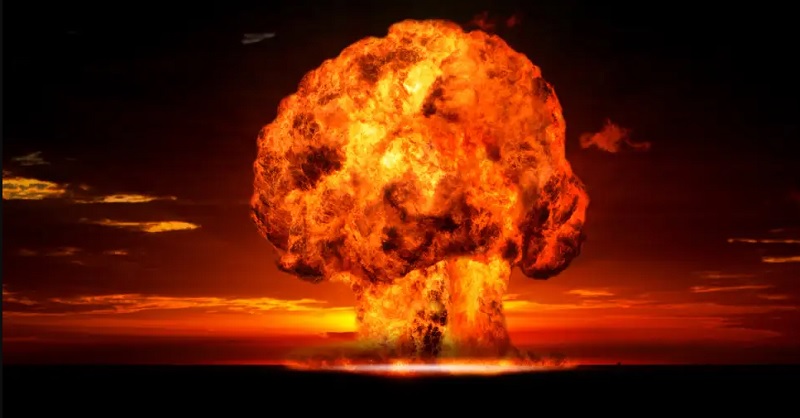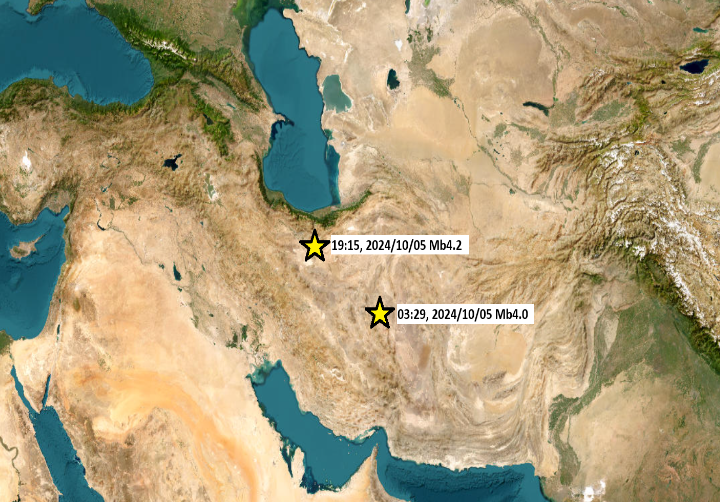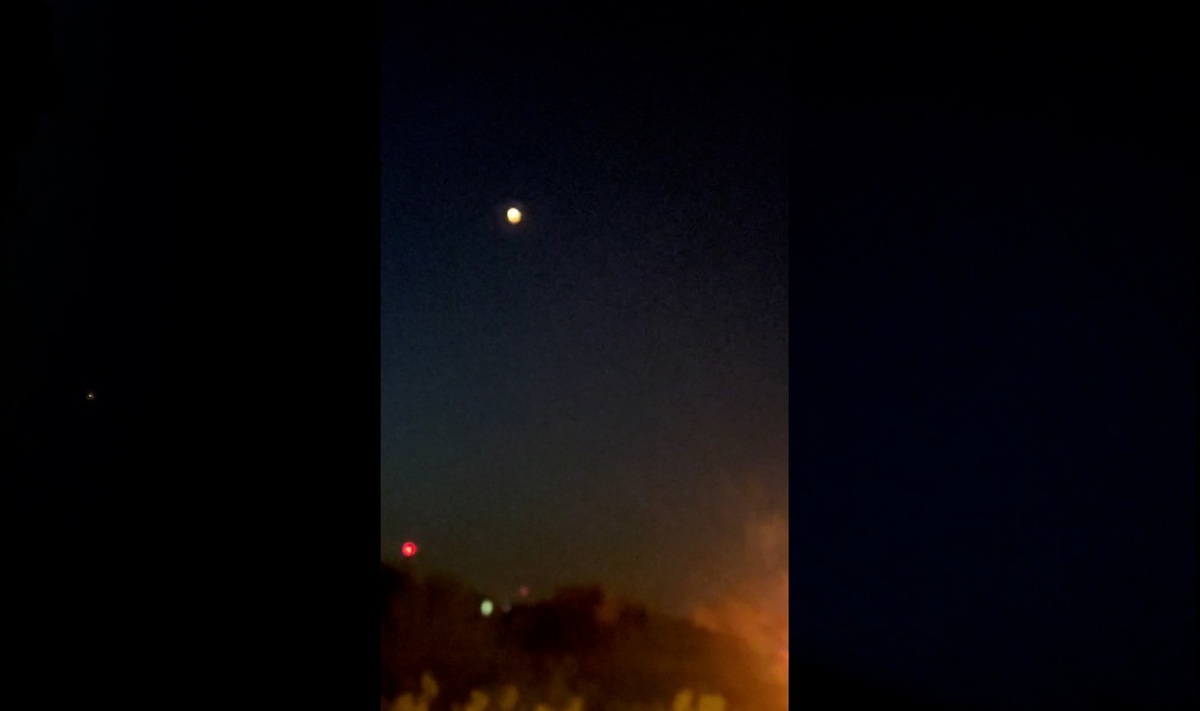Bemásolnád a szöveget, nem tudom megnézni.
About Israel’s “limited strike” on Iran
That night, Israel carried out the announced retaliatory strike against Iran, as well as against the targets of pro-Iranian formations in Syria. The attack was called "Days of Repentance".
And although the IDF press service reported on the effectiveness and achievement of all goals, in reality everything was somewhat different. In turn, the Iranian media announced that most of the missiles fired were shot down.

The main blow fell on Tehran and its surroundings: according to the Israeli side, the targets were Imam Khomeini International Airport and Mehrabad International Airport, as well as Islamic Revolutionary Guard Corps facilities, including barracks near the Fatah highway.
Footage has appeared on the Internet, judging by which the situation on the territory of the facilities looks normal. At the time of the raid, the air harbors were operating normally, although in the morning flights in Iran were canceled until “further notice.”

Axis of Resistance resources confirm at least one hit in the Khojir district in eastern Tehran, where the missile production plant is located. An Iranian government spokesman also mentioned there was "limited damage in some locations."

In addition, Israeli media reported the defeat of facilities in Keredj, in particular the Parand Keredj power plant. Other resources wrote about explosions in Islamshahr, Shiraz and other regions, but the Iranian news agency Shafaqna denied the authenticity of this information.

In Syria, air defense work was recorded in Damascus, as well as the provinces of Homs, Latakia, Tartus and Es-Suwayda. The government newspaper SANA stated that air defense crews allegedly intercepted most Israeli missiles.

Reports of strikes in Iraq were not confirmed, and the sounds of six explosions in the cities of Tikrit, Samarra and Ad-Dura in the province of Salah ad-Din were associated by Iraqi media with counter-terrorism operations.
Despite statements by the Israeli media, the lack of evidence of serious damage and large-scale explosions suggests that the attack was clearly limited in nature and pursued more of a political goal than causing real damage to the Islamic Republic.
During the raid, the Israelis used F-15, F-16 and F-35 fighter jets from three main air bases - Ramat David, Ramon and Hatzerim. With a high probability, the Israeli Air Force used Jordanian airspace, from where it reached the border of Syria and Iraq and from where it carried out launches.
Although Jordanian authorities have casually denied involvement in the attack, the kingdom regularly provides the Israelis with access to overflights of AWACS aircraft or fighter jets to attack neighboring states.
,.....,..,........
az ellenpont....
Iran likely won't be able to supply Russia with new ballistic missiles anytime soon due to Israeli strike
It is gradually becoming clear how painful the Israeli retaliatory strike was not only for the dictatorship in Iran, but also for the Russian authorities.
The strike on Iran's air defenses was particularly significant, said Mark Dubowitz, an Iran expert at the Foundation for Defense of Democracies, a U.S. think tank. Israel "neutralized several S-300 air defense systems," demonstrating its ability to cripple Iran's defenses, he said.
Of particular significance is that Israel disabled the Russian air defense systems with which Iran protects its most important facilities without losing a single aircraft.
The attack left the Islamist regime “even more vulnerable to future air attacks,” The Wall Street Journal reported, citing Israeli sources. “The first group of fighter jets destroyed air defense batteries in Syria and Iraq to clear the way for a second and third wave of strikes on Iran,” the report said.
The New York Times, citing Iranian government sources, reported that the attack had caused "deep alarm" in Tehran, leaving vital energy and economic hubs defenseless.
The Israeli planes targeted not only Iran's air defense system, but also drone and missile factories.
Israel has disabled 12 facilities that produce fuel for ballistic missiles, which make up a significant portion of Iran's arsenal, Axios reports.
“A senior U.S. official confirmed that the attack has significantly weakened Iran’s missile production,” Axios writes. Production of new missiles could take at least a year, according to sources.
Although Iran still has a stockpile of missiles, it cannot produce new ones - and this will have serious consequences. Iran will no longer be able to supply ballistic missiles to the terrorists Hezbollah (Lebanon) and the Houthis (Yemen).
Israeli Middle East expert and Haaretz journalist Anshel Pfeffer writes on Platform X: “An important consequence of the Israeli strikes on Iran is that Iran will not be able to supply ballistic missiles to Russia for many months until it restores its production capacity.”
Iran has been supplying Moscow with ballistic missiles since Russia's invasion of Ukraine in February 2022."

t.me






